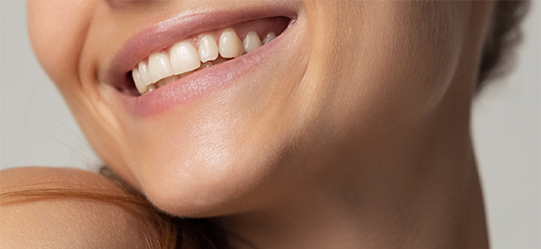The skin is subjected to the aggressions of the sun, the environment and time. Pigmentation spots, acne and dilated pores are just some of the imperfections that can be eliminated with a peel.
Chemical peels can be performed using different techniques to revitalize the skin without damaging it.
Facial peeling: an aesthetic medical procedure to suit everyone
Chemical exfoliation is part of facial aesthetic medicine, and involves removing layers of skin with imperfections, whether superficial or deep in the dermis. Tissues are thus renewed by activating the production of new cells. Several techniques and components are involved in a dermatological peel: these can be used to treat problems of varying intensity and phototypes.
The different types of peel and their action
Dull skin, marks left by smoking, aging of the neck, wrinkles and fine lines on the face: from AHA/BHA to phenol, the various peeling methods enable every skin to be treated effectively, in accordance with its nature.
Fruit acid peeling, a light action
Dull skin, marks left by smoking, dilated pores: the fruit acid peel, or AHA, treats surface imperfections. By eliminating the layer responsible for the lack of radiance, this superficial peel activates cell renewal and brings light to the complexion. BHAs, other natural active ingredients that penetrate deeper into the pores, can also be used.
Medium peel, or TCA
When deeper marks appear in the dermis, such as fine lines and wrinkles, a crumpled skin effect or hyperpigmentation, a glycolic acid or retinoic acid peel can act effectively to restore satisfactory skin quality. More intense, this peel will be accompanied by a change in cosmetic routine.
Deep peeling, the solution for deep-rooted age marks
The so-called deep peel, or phenol peel, treats marks on the lower layers of the skin. Depigmentation, keloid scars and deep wrinkles can be eliminated. However, this more powerful treatment needs to be carried out with care, and is accompanied by marked side effects, albeit of limited duration.
“The various types of peel make it possible to offer a tailor-made treatment, truly adapted to the problem to be treated and to each individual’s phototype.”
The importance of making the right choice
As peeling intensities vary, it’s essential to get the right advice to avoid unnecessarily aggressing your skin. Our aesthetic medicine experts will draw up an assessment tailored to your profile and suggest the right solutions.
After-effects of a peel: what you need to know
While superficial peels do not leave any visible marks on the face or décolleté, medium and deep treatments do have an effect and may require social eviction. Phenol peels, in particular, cause the skin to swell, redden and peel. Your doctor will advise you and inform you in detail of any side effects following exfoliation.
Combining peels with other aesthetic medical procedures
Chemical peels are perfectly compatible with other aesthetic medical procedures. Hyaluronic acid or botulinum toxin injections can be performed at the same time to combine rejuvenating effects. The Skincare Agency team can advise you on the best combination of treatments for natural, effective results.
The expert’s opinion on chemical peels
Intended to activate collagen production, a peel is a medical procedure that requires careful preparation. Using tranexamic acid to treat brown spots or phenol for deep wrinkles: collagen production is a complex process, and your doctor needs to know all about it before taking action.
Skincare Agency, an aesthetic medicine center in Paris, specializes in face and body treatments. We advise you as closely as possible to your phototype, so that the treatment has a real effect and unwanted side effects are limited.



